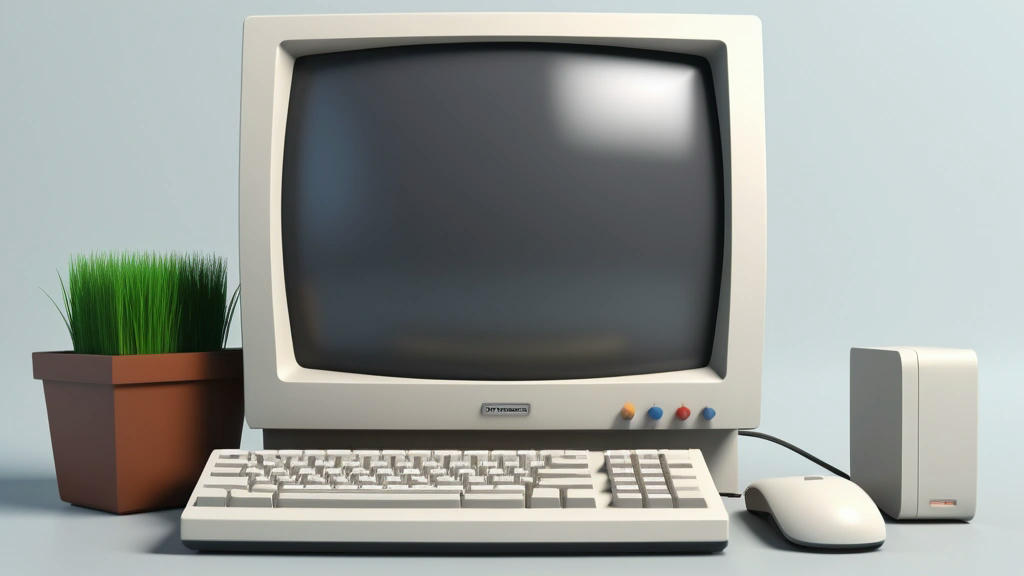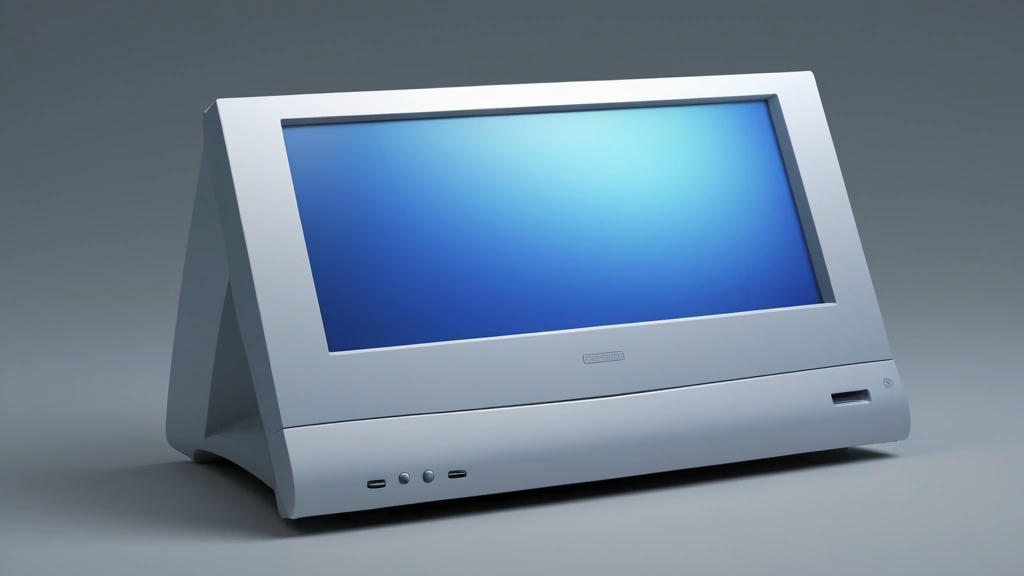In the vast and varied landscape of Linux desktops, one name stands out with a legacy of innovation, adaptability, and community-driven development: GNOME. From its inception in the late 1990s to its current status as a leading desktop environment, GNOME has continually evolved, balancing simplicity with powerful functionality. This article delves into the history, philosophy, and future of GNOME, exploring why it remains a cornerstone of the Linux desktop experience.
The Genesis of GNOME
The GNOME project was initiated in August 1997 by two university students, Miguel de Icaza and Federico Mena. Their vision was to create a free and open-source desktop environment that would be accessible to all, regardless of their technical expertise. At the time, the primary desktop environment for Linux was KDE, which relied on the Qt toolkit. However, Qt's licensing was not entirely free software, prompting the need for an alternative.
GNOME, which stands for GNU Network Object Model Environment, was built using the GTK (GIMP Toolkit), ensuring that it adhered to the principles of free software. The early versions of GNOME were rudimentary, but they laid the foundation for what would become a robust and user-friendly desktop environment.
The Philosophy of Simplicity
One of the core philosophies of GNOME is simplicity. The developers aimed to create an environment that was intuitive and easy to use, without overwhelming users with unnecessary options. This philosophy is encapsulated in the GNOME Human Interface Guidelines (HIG), which provide a framework for creating consistent and user-friendly applications.
The emphasis on simplicity has not been without controversy. Some users have criticized GNOME for removing features or options that they found useful. However, the GNOME team has remained steadfast in their belief that a streamlined interface ultimately benefits the majority of users. This focus on simplicity has influenced many other desktop environments and applications, making GNOME a trendsetter in the world of user interface design.
GNOME 2: A Milestone in Usability
Released in June 2002, GNOME 2 marked a significant milestone in the project's history. It introduced a more polished and cohesive user experience, with a focus on usability and accessibility. The GNOME 2 series was widely praised for its stability and ease of use, becoming the default desktop environment for many popular Linux distributions, including Ubuntu.
GNOME 2's panel-based interface allowed users to customize their desktop with applets and launchers, providing a balance between simplicity and flexibility. This version of GNOME became a favorite among both new and experienced Linux users, solidifying its place in the Linux ecosystem.
The Bold Leap to GNOME 3
In April 2011, GNOME 3 was released, bringing with it a radical departure from the traditional desktop paradigm. The new GNOME Shell interface replaced the panel-based design with a more modern and dynamic approach. The Activities Overview became the central hub for launching applications, managing windows, and accessing virtual desktops.
The transition to GNOME 3 was met with mixed reactions. While some users appreciated the fresh and innovative design, others found the changes jarring and missed the familiarity of GNOME 2. Despite the initial controversy, GNOME 3 has continued to evolve, incorporating user feedback and refining its features.
One of the key strengths of GNOME 3 is its extensibility. The GNOME Shell Extensions website allows users to customize their desktop with a wide range of add-ons, from simple tweaks to major functionality changes. This flexibility has helped GNOME 3 gain acceptance and popularity over time.
The GNOME Community
The success of GNOME is not just a testament to its technical merits but also to the vibrant and dedicated community that supports it. The GNOME Foundation, established in 2000, plays a crucial role in coordinating development, organizing events, and promoting the project. The annual GNOME Users And Developers European Conference (GUADEC) and GNOME.Asia Summit are key events that bring together contributors from around the world to collaborate and share ideas.
The GNOME community is known for its inclusivity and diversity. The project has made significant efforts to welcome contributors from all backgrounds, recognizing that a diverse community leads to better software. Initiatives like Outreachy, which provides internships to underrepresented groups in tech, have helped to broaden the pool of contributors and foster a more inclusive environment.
The Future of GNOME
As GNOME continues to evolve, the project remains committed to its core principles of simplicity, accessibility, and user-centric design. The upcoming GNOME 40 release promises to bring further refinements and new features, including a redesigned Activities Overview and improved performance.
One of the exciting developments on the horizon is the integration of GNOME with emerging technologies. The GNOME team is exploring ways to enhance the desktop experience with technologies like Wayland, a modern display server protocol, and Flatpak, a system for distributing and running sandboxed applications. These advancements aim to provide a more secure, efficient, and user-friendly environment.
The GNOME project also recognizes the importance of sustainability and environmental responsibility. Efforts are being made to reduce the energy consumption of GNOME software and promote practices that minimize the environmental impact of computing.
Conclusion
GNOME's journey from a fledgling project to a leading desktop environment is a testament to the power of community-driven development and a commitment to user-centric design. Its emphasis on simplicity, accessibility, and innovation has made it a beloved choice for millions of users worldwide. As GNOME continues to evolve and embrace new technologies, it remains a beacon of what is possible when passionate individuals come together to create something greater than the sum of its parts.
In the ever-changing world of technology, GNOME stands as a reminder that there can indeed be only one—one community, one vision, and one desktop environment that continues to inspire and empower users around the globe.


